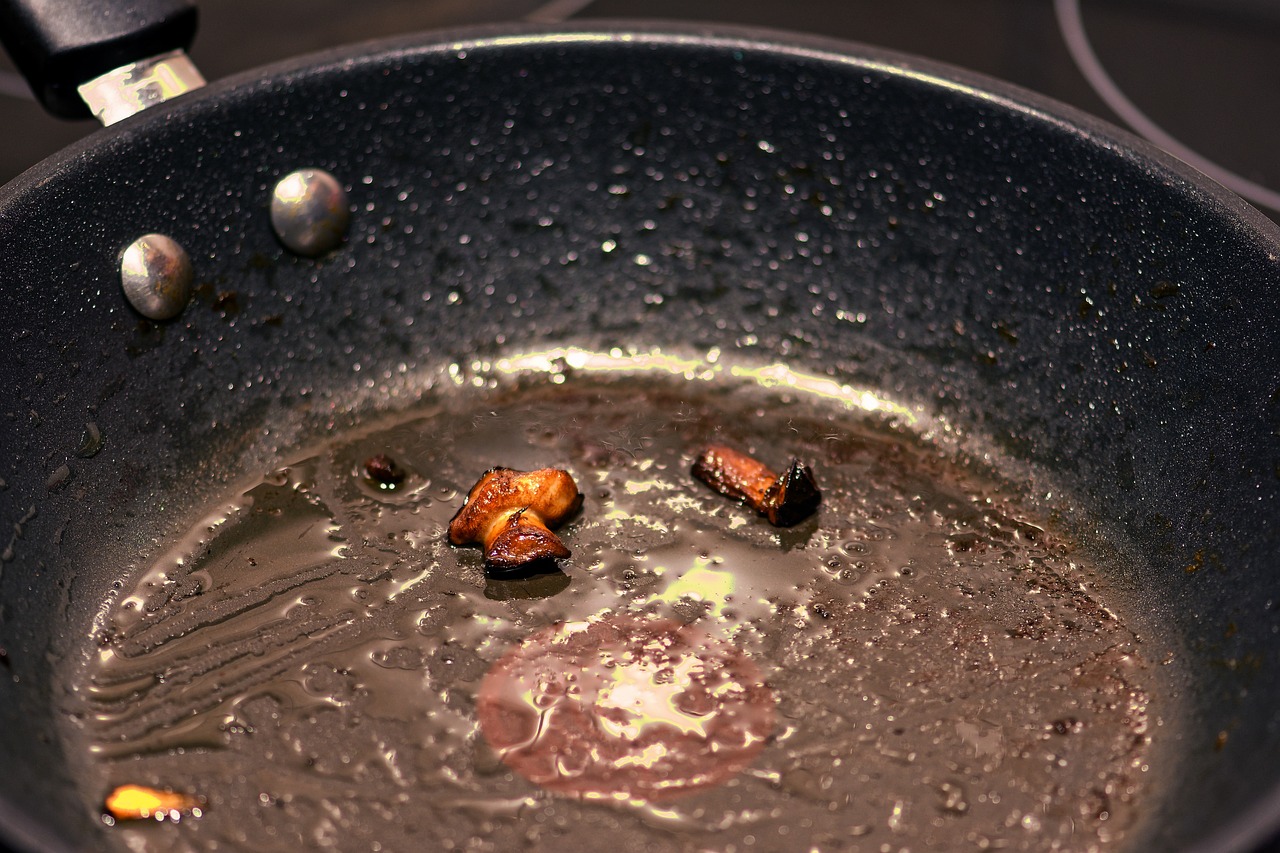Are you feeling afraid for your health anytime you cook from your old Teflon pans? Are you feeling like a crap when eating at restaurants is because of their toxic cookware? Well, you should.
Teflon is produced from chemicals known as polytetrafluoroethylene (PTFE). It’s a type of plastic sprayed on various items such as kitchen’s equipment for cooking and then baked to create a nonstick, waterproof, noncorrosive, and nonreactive surface. This way, it creates a barrier between the product and the external elements that can harm it. Recent researches have linked exposure to these chemicals to many health diseases, including certain cancers, reproductive issues, and high cholesterol.
PFOA-The dangerous chemical found in Teflon Cookware
PFOA or perfluorooctanoic acid is a chemical found in these products, and it is linked to several health conditions such as thyroid disorders, testicular cancers, liver and kidney disease, low birth weight, and infertility. Most manufacturers assumed that PFOA burns off during the process of manufacture, but traces of PFOA were found in some Teflon-coated cookware.
In a study from 1999, there were founds that 98% of people in the United States had PFOA in their blood, as a result of environmental exposure to this dangerous chemical. As a result, the US EPA put up a program to eliminate the use of PFOA by 2015. On other side, Europe banned using PFOA for manufacturing Teflon cookware much earlier, in 2008.
Throw away your old Teflon cookware
Although Teflon using PFOA is officially banned in US and Europe, still it still exists and is used to make cookware. So, it is very important to replace your Teflon pans and pots after some time of using them in the kitchen. Nine years is typically an average lifespan of a nonstick pan, but if you notice that they are damaged and scratched, it’s probably best to replace them right away.
Look for an alternative nonstick cookware
There are many more natural nonstick pots and pans available if you’re ready to give up on Teflon and chemical-based nonstick cookware.
Always choose a right cookware, when it comes to YOUR HEALTH.
Ceramic cookware is the least stick of the group and has become increasingly popular since Teflon safety issues first arose.
Another type of cookware that naturally acquires a nonstick layer with age is cast iron, especially with proper seasoning and maintenance. Although cast iron isn’t going to become as nonstick as Teflon, there are a ton of additional culinary advantages that make it worth spending a few more seconds cleaning in the sink after each use.
Some advice to reduce your risk when cooking with nonstick pans
Cooking using nonstick cookware is safe, healthful, and convenient as long as you take the usual safety precautions.
When cooking, you can reduce your risk by using these suggestions:
Never preheat a skillet that is empty. Pans that are empty have the ability to heat up quickly, which could result in the emission of polymer fumes. Prior to preheating, make sure that pots and pans are filled with food or liquid.
Steer clear of intense heat when cooking. Avoid broiling and cook on medium or low heat instead, as this method calls for temperatures higher than those advised for nonstick cookware.
Let some air circulate through your kitchen. To assist remove any fumes while cooking, open your windows or turn on your exhaust fan.
Make use of plastic, silicone, or wooden implements. The nonstick surface of metal cutlery may get scratches and scuffs from them.
Use hand wash. Use a sponge and warm, soapy water to gently wash pots and pans. Steel wool and scouring pads should not be used as they may scratch the surface.
Change out outdated kitchenware. Teflon coatings are ready for replacement when they exhibit noticeable signs of deterioration, such as severe scratches, peeling, flaking, and chipping.
